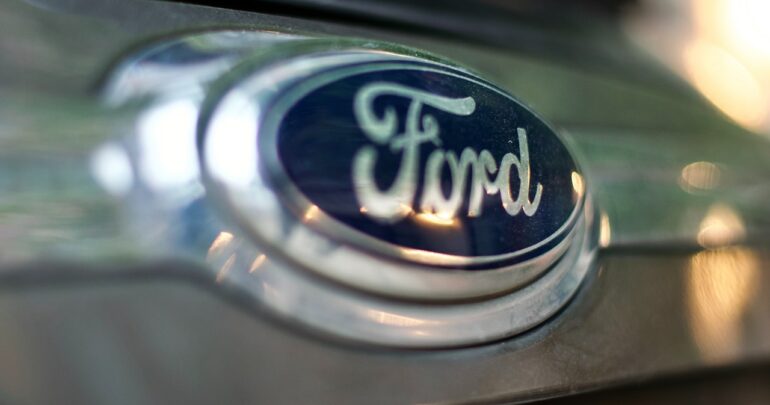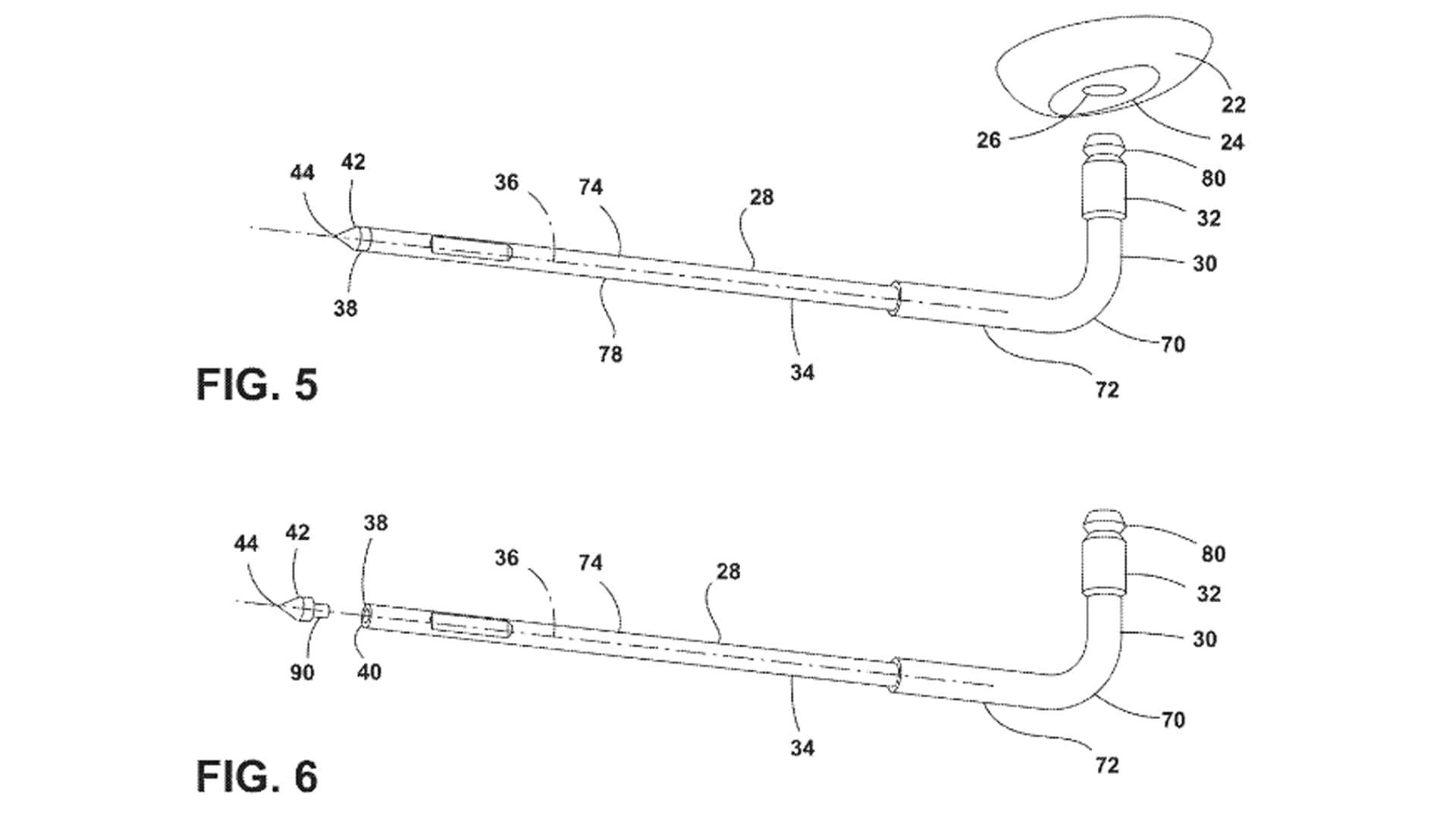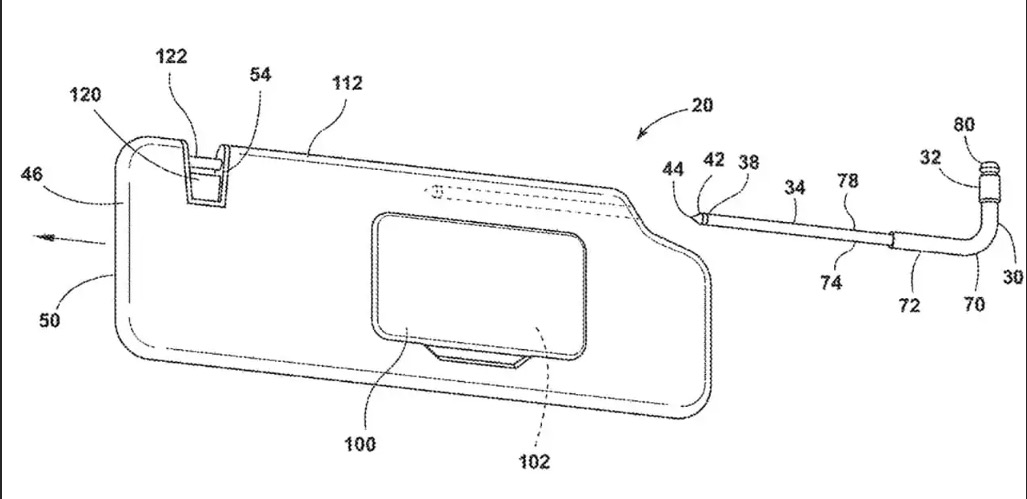While perusing the extensive repository of the US Patent and Trademark Office, we often stumble upon intricate automotive innovations. However, occasionally, we encounter brilliantly simple ideas that leave us pondering why no one thought of them sooner.
One such revelation is Patent Number 11,780,302 BS, granted to Ford on October 10, 2023. In essence, this patent introduces a sun visor with the surprising ability to shatter glass. To summarize a comprehensive five-page description in as few words as possible, it’s a game-changing innovation.
The patent showcases several images of a conventional-looking sun visor, the kind you’d find in any vehicle. Mounted on a metal rod, it offers the flexibility to be flipped as needed to shield against the sun’s rays. However, what sets this sun visor apart is its ability to be detached, revealing a pointed end, referred to as the “impact point” in the patent’s documentation. Furthermore, the rod can also be removed from its roof-mounted bracket, transforming into a handy tool capable of breaking windows. It’s an ingeniously simple concept.
But is it practical? Most window-breaking tools come in the form of compact hammers or are integrated into a device offering sufficient grip for effective use. The patent doesn’t explicitly specify the size of this integrated glass-breaking component. However, it does highlight the importance of the L-shaped bend in the design. Whether this design element provides enough leverage for a person to break a window effectively remains a question that, ideally, none of us will ever need to answer.
What about accidental window shattering? Given that sun visors are typically positioned near windshields, the potential for unintentional contact is a valid concern. The patent doesn’t explicitly address this issue but delves into intricate legal jargon regarding “vehicle-downward force” and applying “lateral force that is opposite the terminal end” to disengage the rod from the visor. As far as our interpretation goes, this suggests that it securely locks in place.
This innovation represents one of those brilliantly simple ideas that could genuinely save lives. Nevertheless, it’s essential to note that many patents never progress beyond this initial stage, leaving the potential implementation of this life-saving feature in production vehicles uncertain.



